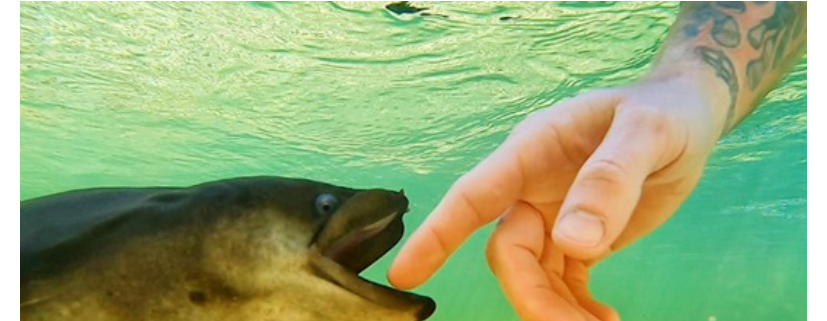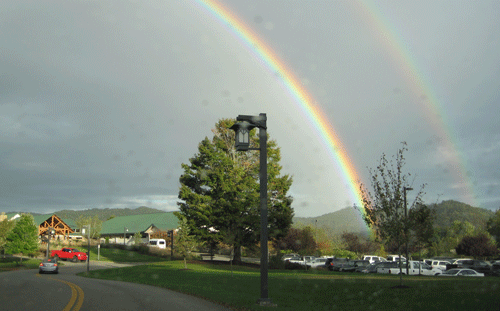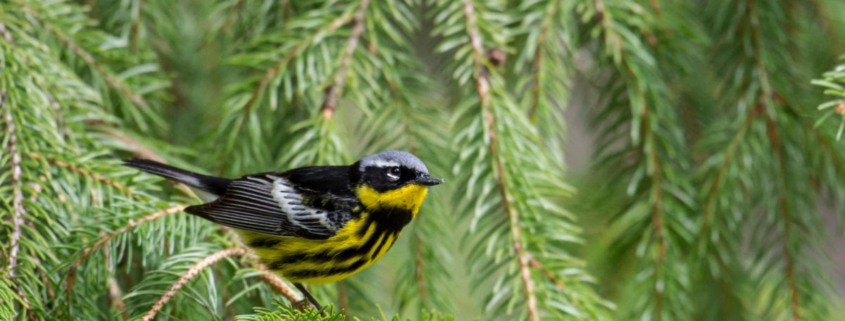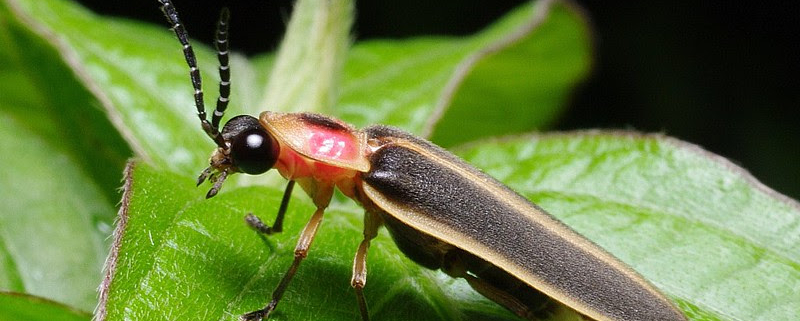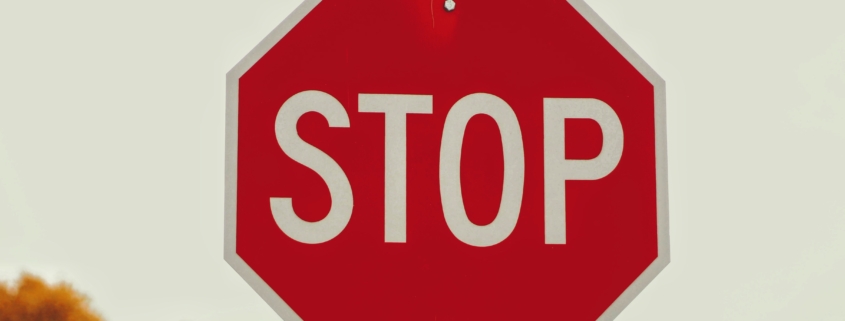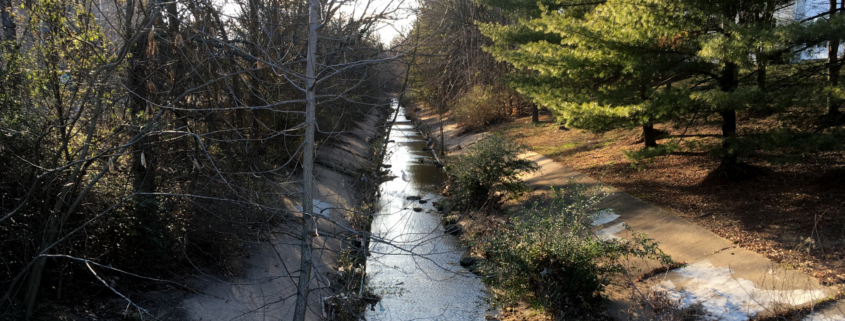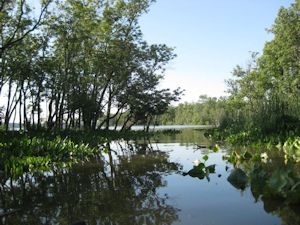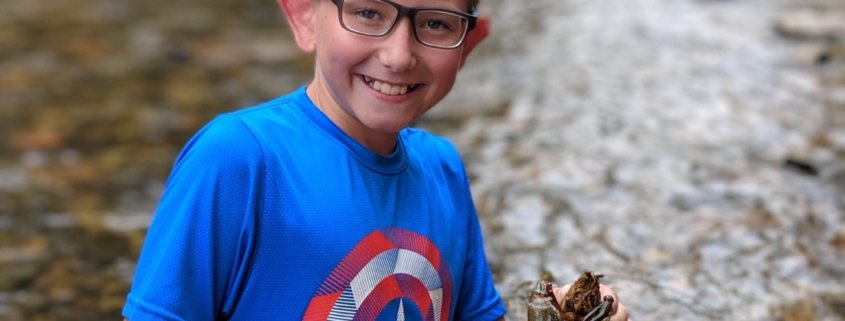FMN Quarterly Chapter Meeting, 21 September
Photo by Jason Gunn Burton
Monday, 21 September 2020
7 pm
Zoom link forthcoming
Two speakers have been scheduled to engage us in our natural curiosity. Each presentation will last about 45 minutes. A Zoom link will be sent out through our FMN GoogleGroup for your connection convenience. Please email [email protected] if you are not on our GoogleGroup and would like the link. This is a public event.
Jay Lechtman will talk about carnivorous plants. Jay, a resident of the Wolf Trap area of Fairfax County, has been an enthusiastic amateur botanist for more than 30 years. He learned about both basic (e.g. stratification) and advanced (e.g. smoke water, gibberelic acid) methods of germinating seeds as part of his involvement in propagating rare and often endangered carnivorous plants, many of which are native to the Eastern United States, including several in Virginia. As a former journalist and a published author, he has written a number of articles on botanical topics in both local and international publications, including Grandiflora MidAtlantic Gardening Magazine.
Nick Walker will talk about the American Eel. Nick is a conservation biologist and the mayor of Eel Town. He runs the eeltown.org website. Nick is an environmental scientist focused on American Eel research, taking an integrative approach that combines natural science, social science and cultural science. In addition to his eel work he’s been a park ranger, an award-winning teacher, owns Journal Editors of America LLC and is the Mayor of Eel Town. He holds a Ph.D. in Environmental Science & Public Policy from George Mason University and an M.Sc. in Animal Biology from the Universidade Federal de Viçosa. He founded Eel Town in 2017.


